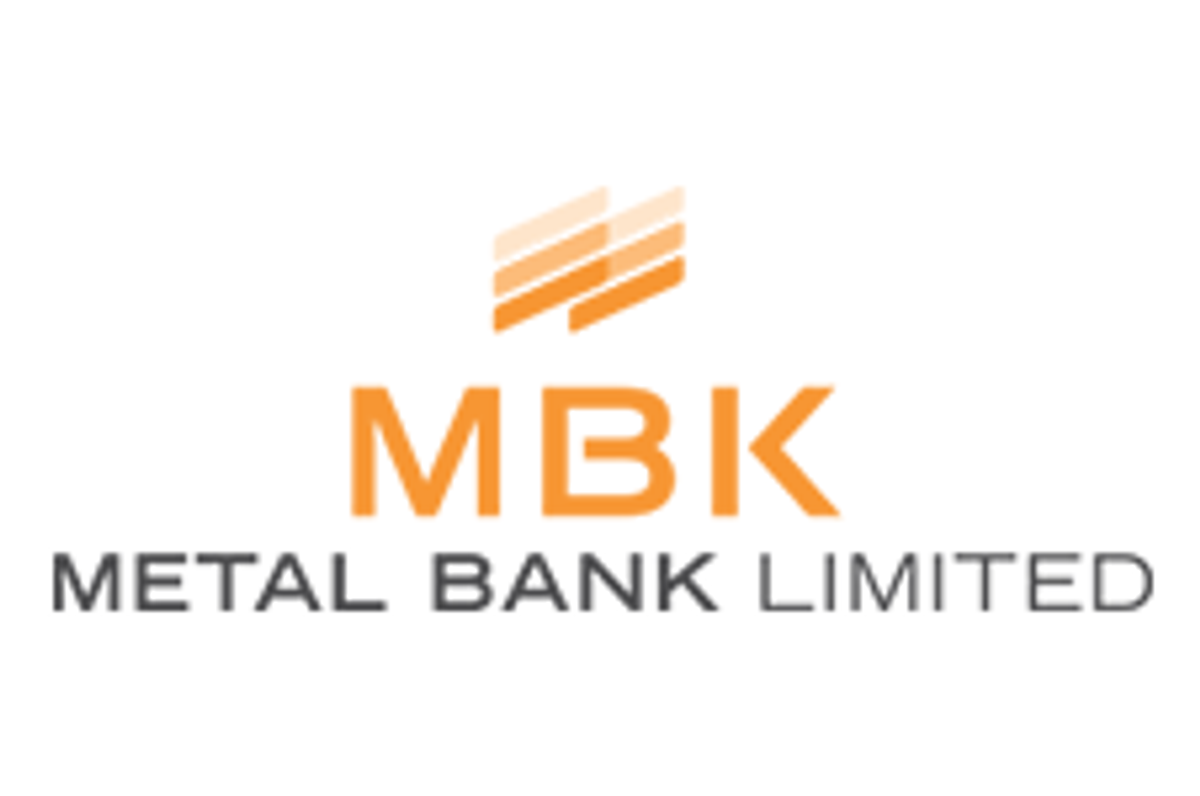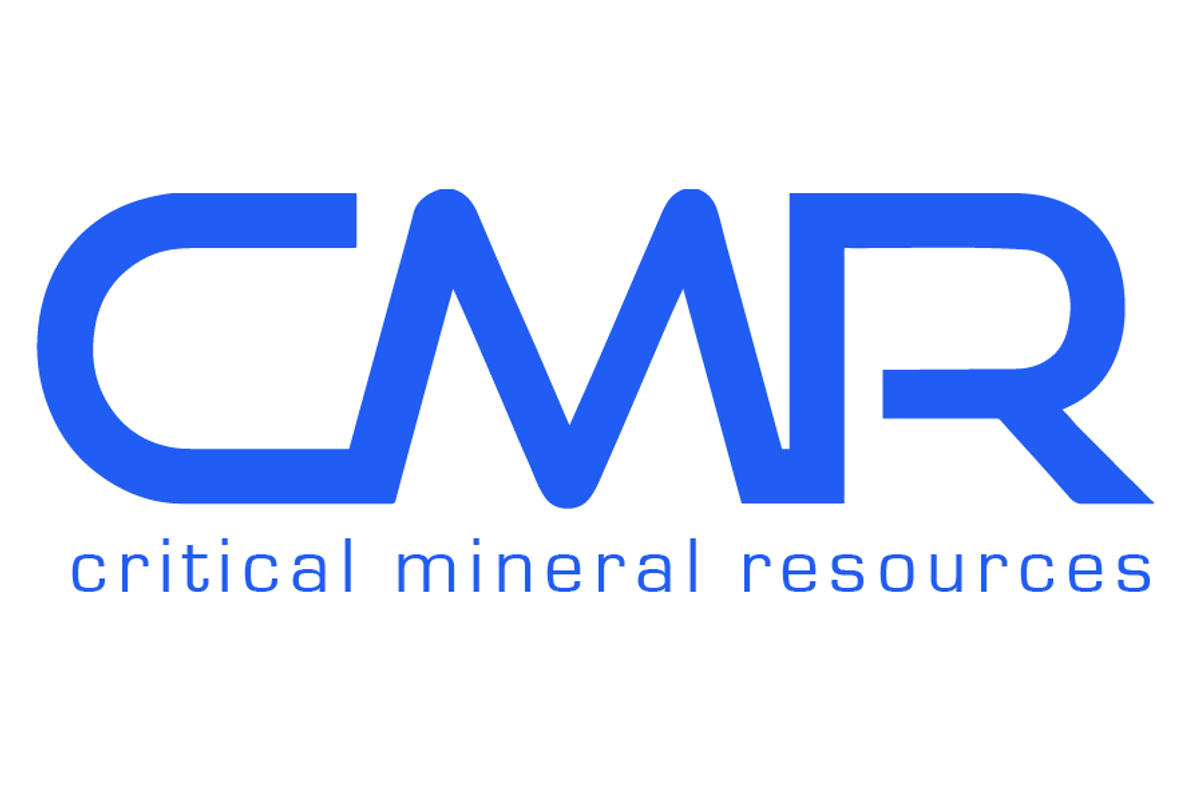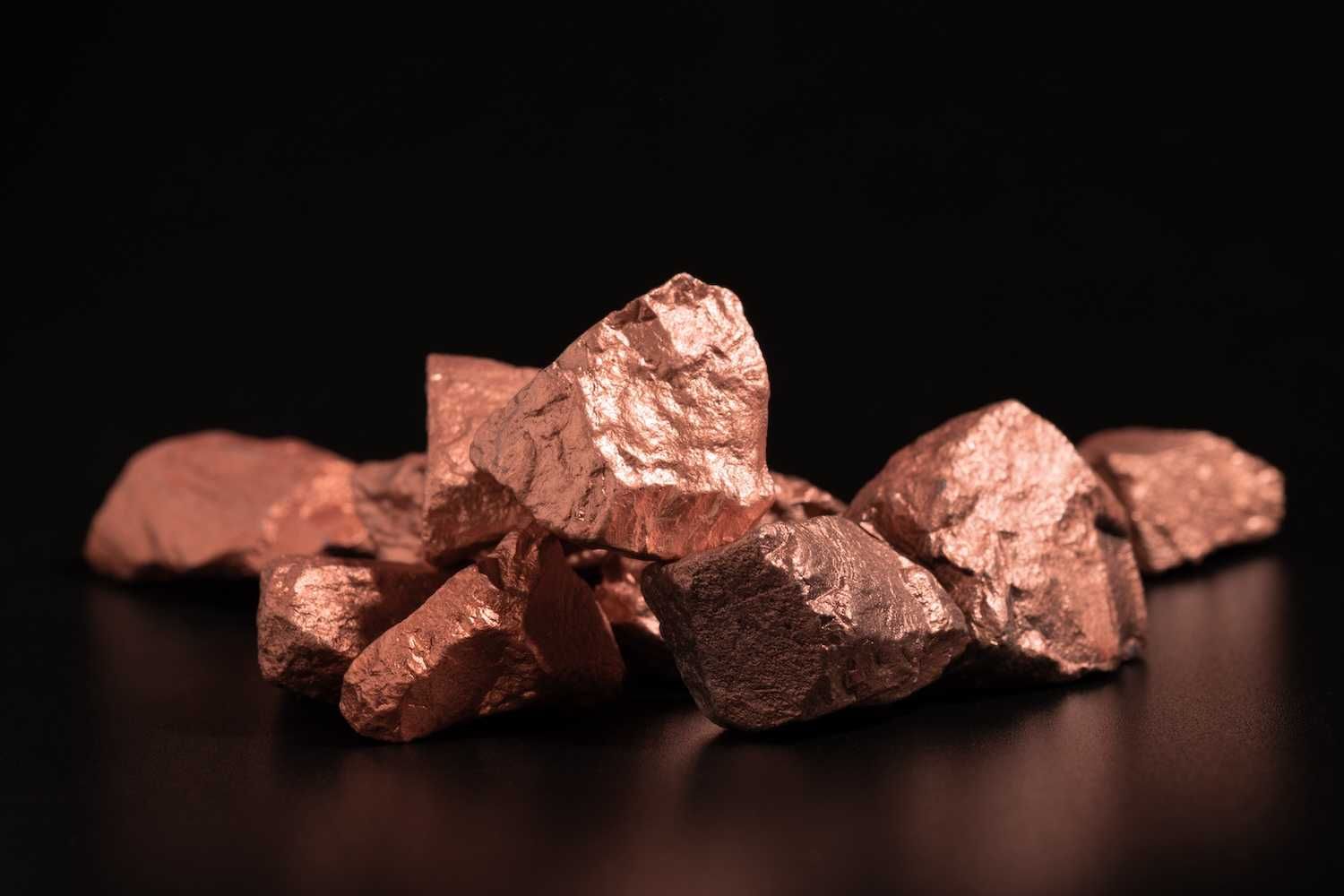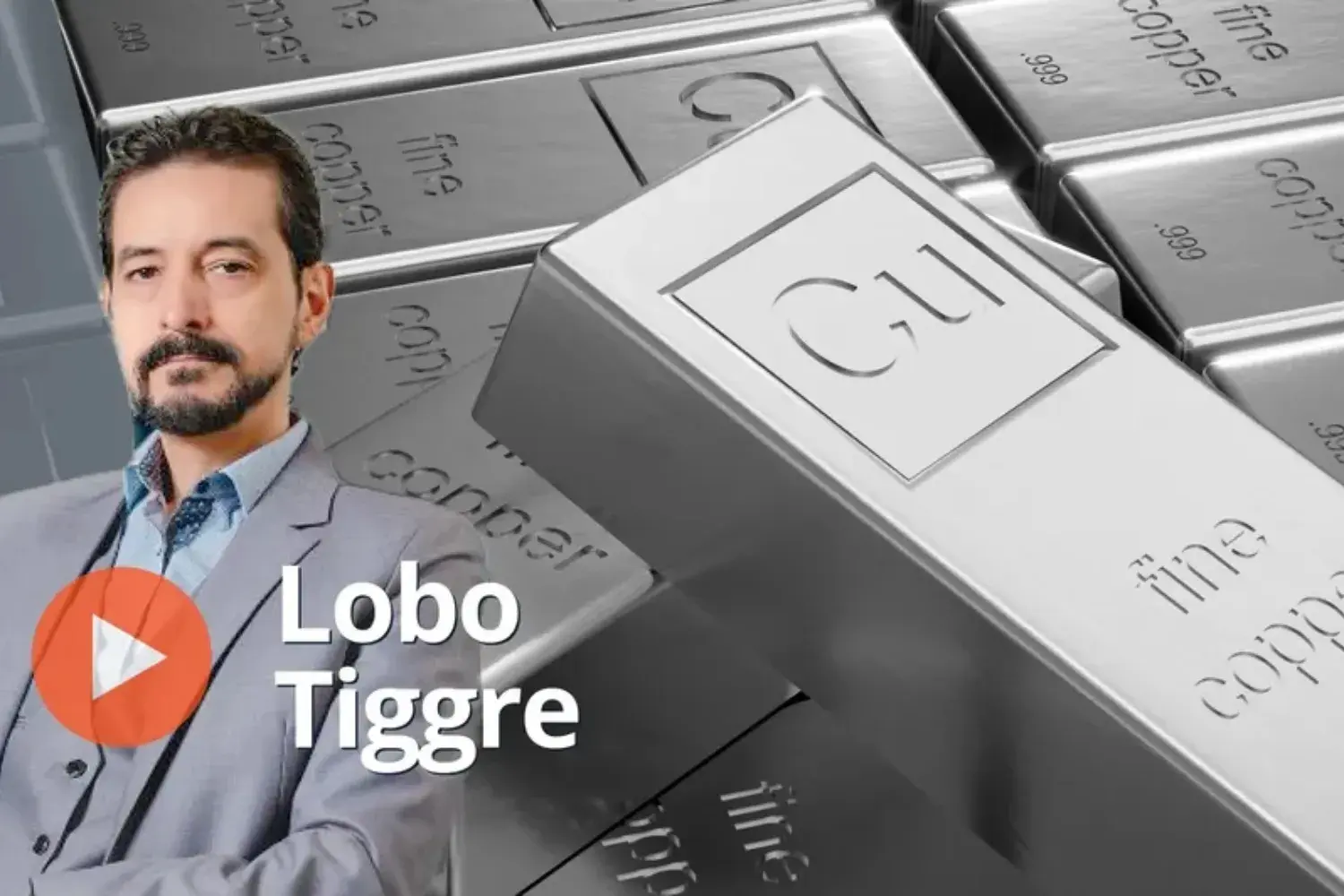
November 05, 2024
Metal Bank Limited (ASX: MBK) (‘Metal Bank’, ‘MBK’ or the ‘Company’) is pleased to announce that it received confirmation that it’s Saudi Arabia joint venture company, CMC, has been successful in its application for the Wadi Al Junah copper, zinc and gold project in the Licensing Round 6 Auctions in Saudi Arabia.
Highlights
- MBK’s Saudi Arabian Joint Venture Company, Consolidated Mining Company LLC (CMC) has won the Round 6 License Application for the Wadi Al Junah copper, zinc and gold project
- CMC is owned 60% MBK and 40% Central Mining Holding Company (CMH), which is controlled by Citadel’s former Jabal Sayid JV Partner, the Al Qahtani Group, and is capitalised at SAR5m (approximately AUD$2.1m)
- Wadi Al Junah project is fully permitted and ready for immediate exploration
- Wadi Al Junah project qualifies under the incentive rebate program that provides up to SAR7.2m (approximately AU$2.9m) per project for exploration expenditure
MBK is currently preparing a geological summary and exploration strategy for the Wadi Al Junah Project, with a follow-up ASX release to be made once this is completed.
Commenting on this important development, Metal Bank’s Chair, Inés Scotland said
“This news is very exciting for Metal Bank and our shareholders and demonstrates our capabilities to deliver on our MENA strategy. The exploration licenses under the Licensing Rounds come fully permitted and we are ready to immediately start exploration on this project. We are currently finalising our exploration plans and geological background documents for the project, and look forward to providing further updates to the market very shortly.”
Click here for the full ASX Release
This article includes content from Metal Bank Limited, licensed for the purpose of publishing on Investing News Australia. This article does not constitute financial product advice. It is your responsibility to perform proper due diligence before acting upon any information provided here. Please refer to our full disclaimer here.

Sign up to get your FREE
Metal Bank Investor Kit
and hear about exciting investment opportunities.
- Corporate info
- Insights
- Growth strategies
- Upcoming projects
GET YOUR FREE INVESTOR KIT
The Conversation (0)
19 February
Metal Bank
Copper and gold-focused exploration in Australia and the Middle East
Copper and gold-focused exploration in Australia and the Middle East Keep Reading...
17 November
Drilling results confirm new copper discovery with district scale potential
Critical Mineral Resources plc (“CMR”, “Company”) is delighted to announce extremely encouraging results from its maiden core drilling programme at Agadir Melloul, confirming a significant new, shallow copper discovery and establishing the foundations for a potential district scale sediment... Keep Reading...
16 November
Nick Hodge: Copper is My Top 2026 Pick, but Gold, Silver Run Not Done
Nick Hodge, publisher at Digest Publishing, is most bullish on copper and uranium in 2026, but also believes gold and silver prices have further to go despite recent gains. "We are in the middle of a precious metals bull market," he said. "Silver hasn't had its day yet, so I think that's a... Keep Reading...
13 November
Cobre Advances Botswana Copper Project as Market Rerates Company
Cobre (ASX:CBE) CEO Adam Wooldridge says investor enthusiasm for the company has been driven by significant progress at its Ngami copper project in Botswana. “Investors are starting to see it as a real development opportunity,” he said, noting that Cobre has achieved in-situ copper recoveries of... Keep Reading...
13 November
Empire Metals Limited Announces Appointment of Joint Corporate Broker
Empire Metals Limited, the AIM-quoted and OTCQX-traded exploration and development company, is pleased to announce the appointment of Canaccord Genuity Limited ("Canaccord") as joint corporate broker with immediate effect. Canaccord will work alongside S. P. Angel Corporate Finance LLP and Shard... Keep Reading...
11 November
Caravel Minerals and Kutch Copper to Fast Track Caravel Copper Project
Caravel Minerals (ASX:CVV,OTC Pink:CVVLF) has signed a non-binding memorandum of understanding (MOU) with Kutch Copper, a subsidiary of Indian company Adani Enterprises (NSE:ADANIENT).The deal marks an important step in a potential investment collaboration and a life-of-mine offtake of up to 100... Keep Reading...
07 November
Lobo Tiggre: Copper is My Highest-Confidence 2026 Trade, Uranium is Runner-Up
Lobo Tiggre, CEO of IndependentSpeculator.com, shares why copper is his highest-confidence trade for 2026, as well as when he will consider buying. "I now have probably more cash to put into play than I've ever had sitting on the sidelines waiting for this copper buying opportunity," he... Keep Reading...
Latest News

Sign up to get your FREE
Metal Bank Investor Kit
and hear about exciting investment opportunities.
- Corporate info
- Insights
- Growth strategies
- Upcoming projects
GET YOUR FREE INVESTOR KIT
Latest Press Releases
Related News
TOP STOCKS
American Battery4.030.24
Aion Therapeutic0.10-0.01
Cybin Corp2.140.00






